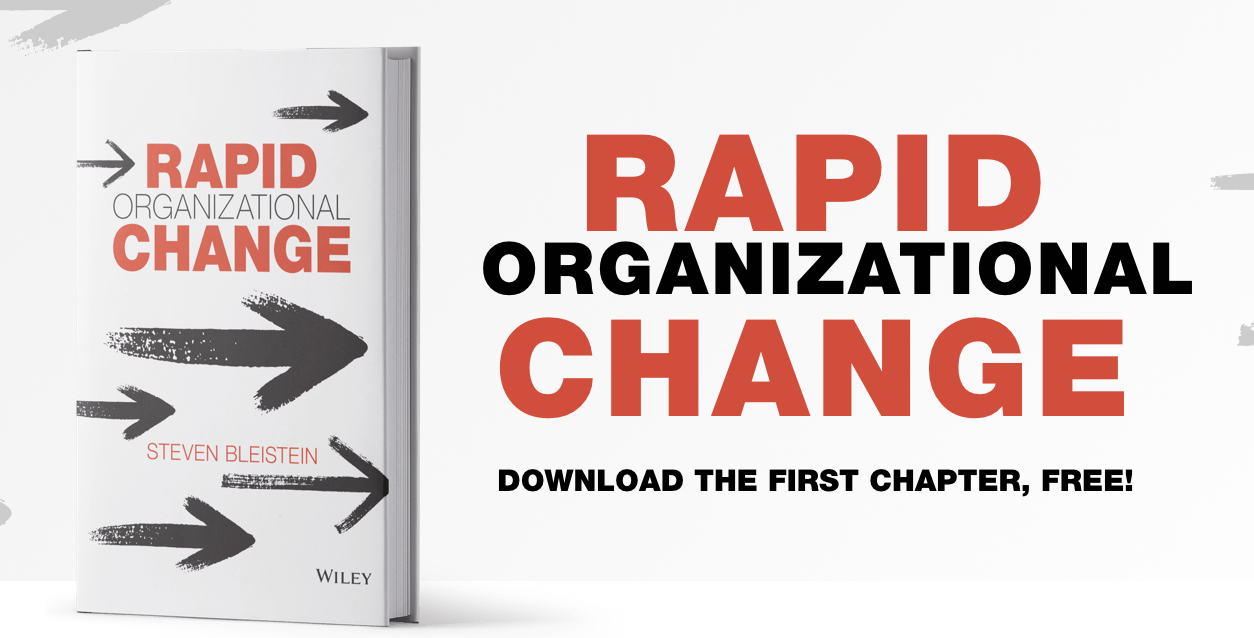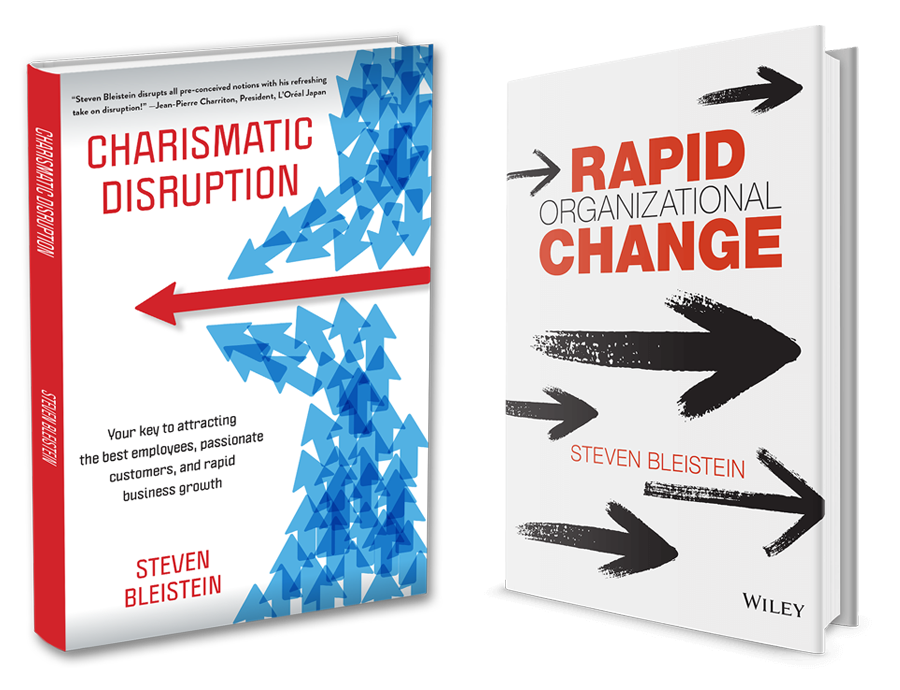[:en]
Too many companies in Japan are dominated by processes-driven thinking when what is really needed is thinking-driven processes. Process-driven thinking is all about adherence—following a process meticulously and consistently—something that the Japanese are particularly good at. Thinking-driven processes, on the other hand, are all about contingence—what you do is contingent upon the situation, and will naturally vary.
Companies have myriad managers obsessed with doing things right, while CEOs wish that far more of them would be more concerned with doing the right things. The latter is harder as there is no work more physically demanding than thinking. And there is risk. In process-driven thinking individual success or failure is based on adherence to form regardless of the outcome. In a thinking-driven process, success or failure is based on outcome—form is flexible.
Does your business have a thinking-driven process culture? Click To TweetNo matter the extent or degree, I have never encountered company whose leader didn’t want or expect more thinking-driven process in his or her business.
When I want to understand and define the culture of a company, I identify behaviors that are rewarded, those that are punished, and those that are met with indifference. Sometimes these are explicit and formalized, other times they are implicit and simply understood, and yet other times they are learned from personal experience or witnessing the experience of others.
What promotes thinking-driven process in your business? What discourages it? When is it dealt with indifference? Change these, and you can change the way people think and work.
 [:ja]日本にはプロセス主導の考えに縛られた会社が多すぎます。逆に本当に必要なのは、十分に考えることを大切とするプロセスなのです。プロセス主導の考えはプロセスにしっかり一貫して従うことを必要とし、日本人が大変得意とするところです。一方で考えることに重きを置くプロセスは、不測の事態に視点を据えています。状況により、とる行動が変わってくることになります。
[:ja]日本にはプロセス主導の考えに縛られた会社が多すぎます。逆に本当に必要なのは、十分に考えることを大切とするプロセスなのです。プロセス主導の考えはプロセスにしっかり一貫して従うことを必要とし、日本人が大変得意とするところです。一方で考えることに重きを置くプロセスは、不測の事態に視点を据えています。状況により、とる行動が変わってくることになります。
会社には物事を正しく行うことに必死になるマネージャーがたくさんいますが、社長が実際彼らに望んでいるのは正しいことをやることに関心を持ってもらうことなのです。正しいことをやるためにはとにかく頭を使う必要がありますから、実はこちらの方が難しいことと言えます。また、これにはリスクもあります。プロセス主導の考えにおいては、どのような結果となったかに関わらず、決まりに従ったかどうかで個人個人の評価が行われますが、考えることを大切とするプロセスでは、柔軟な対応が求められ、結果によって成功、失敗の判断がされるわけです。
あなたの会社のプロセスは、考えることに重点を置いていますか。私がこれまでお目にかかった会社のリーダーは、程度こそ違いますが、もっと考えることを重要視するプロセスを欲し、また期待している方々ばかりです。
私が会社の文化を理解し見定めようとする際には、評価される行動、罰せられる行動、そして特になんの評価もされない行動を特定します。ルールがはっきりとしている場合もあれば、はっきりはしていないが理解はされていたり、また個人的な経験や他人の経験からのみ特定できる行動もあります。
どうすれば、あなたの会社において、考えることを大切とするプロセスを広めることができるでしょうか。また広まらない原因は?無視されるのはどんな時でしょう?まずそこから取り組めば、それが社員の考え方や働き方に変化を促す第一歩となるのです。[:]


2件のフィードバック
Loved this blog post. How do you recommend that CEOs reward thinking-driven processes and punish process-driven thinking?
Great question, Shaz! Thanks for asking.
The first thing I advise CEOs is to look for as many ways possible to allow workers to directly impact business outcomes. For example, Ritz-Carlton Hotels famously gives all staff a budget for resolving any customer complaint independently on the spot. The outcome is in the hands of the individual, who decides actions contingent upon the situation—a thinking-driven process. Then reward people for acting.
I don’t necessarily advise punishing process-driven thinking, as it also has its place—for example in a legally mandated safety inspection protocol. Yet you can can introduce thinking-driven process even to these. For example, the last item on a safety inspection checklist might be, “Is this good enough for your family if they had to use it every day?” That question requires real thought.
Thinking-driven processes tend to be the purview of managers as opposed to line staff. However, the further down in an organization you can push thinking-driven processes, the more dynamic, market responsive and capable of change an organization becomes.